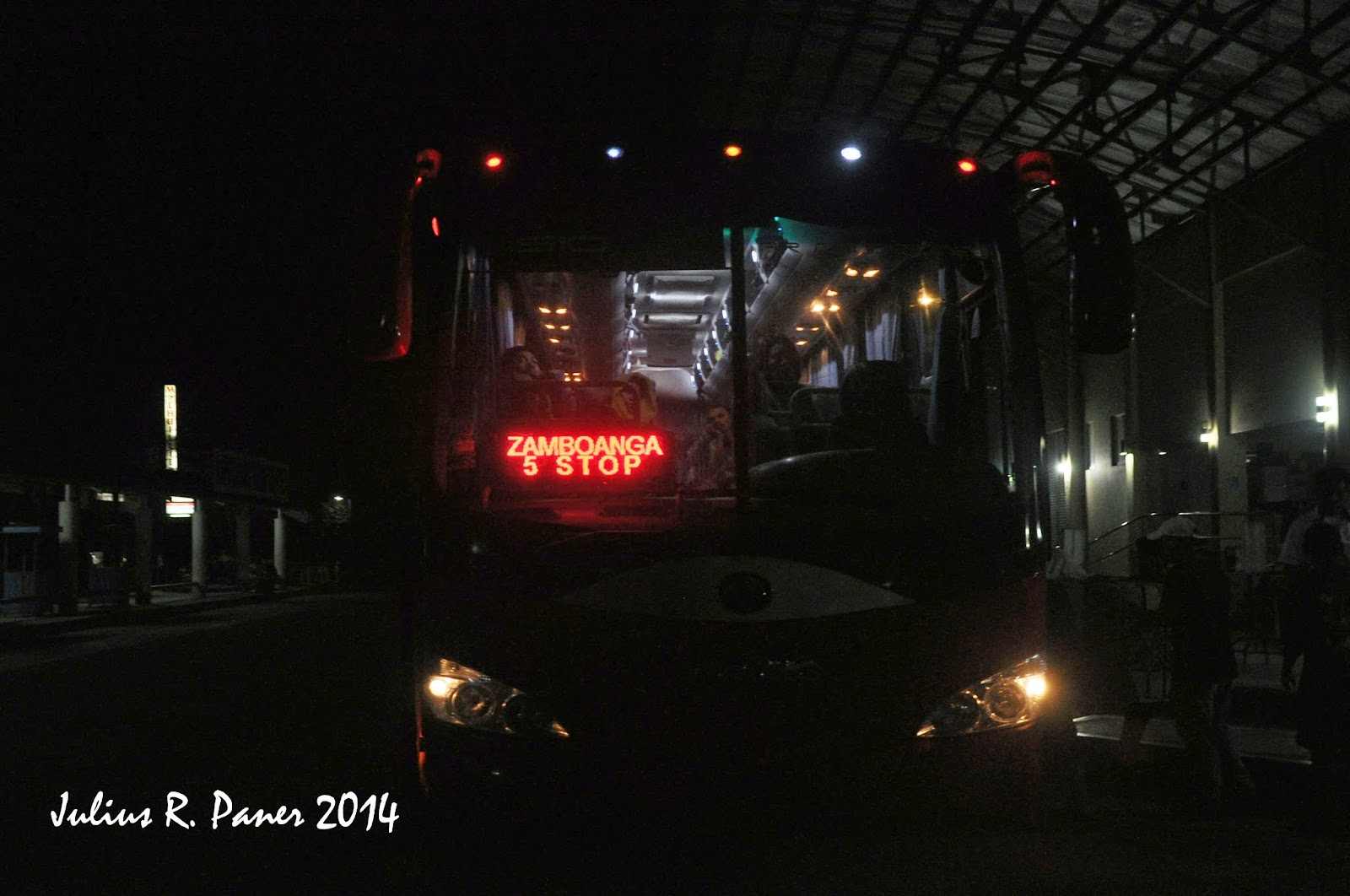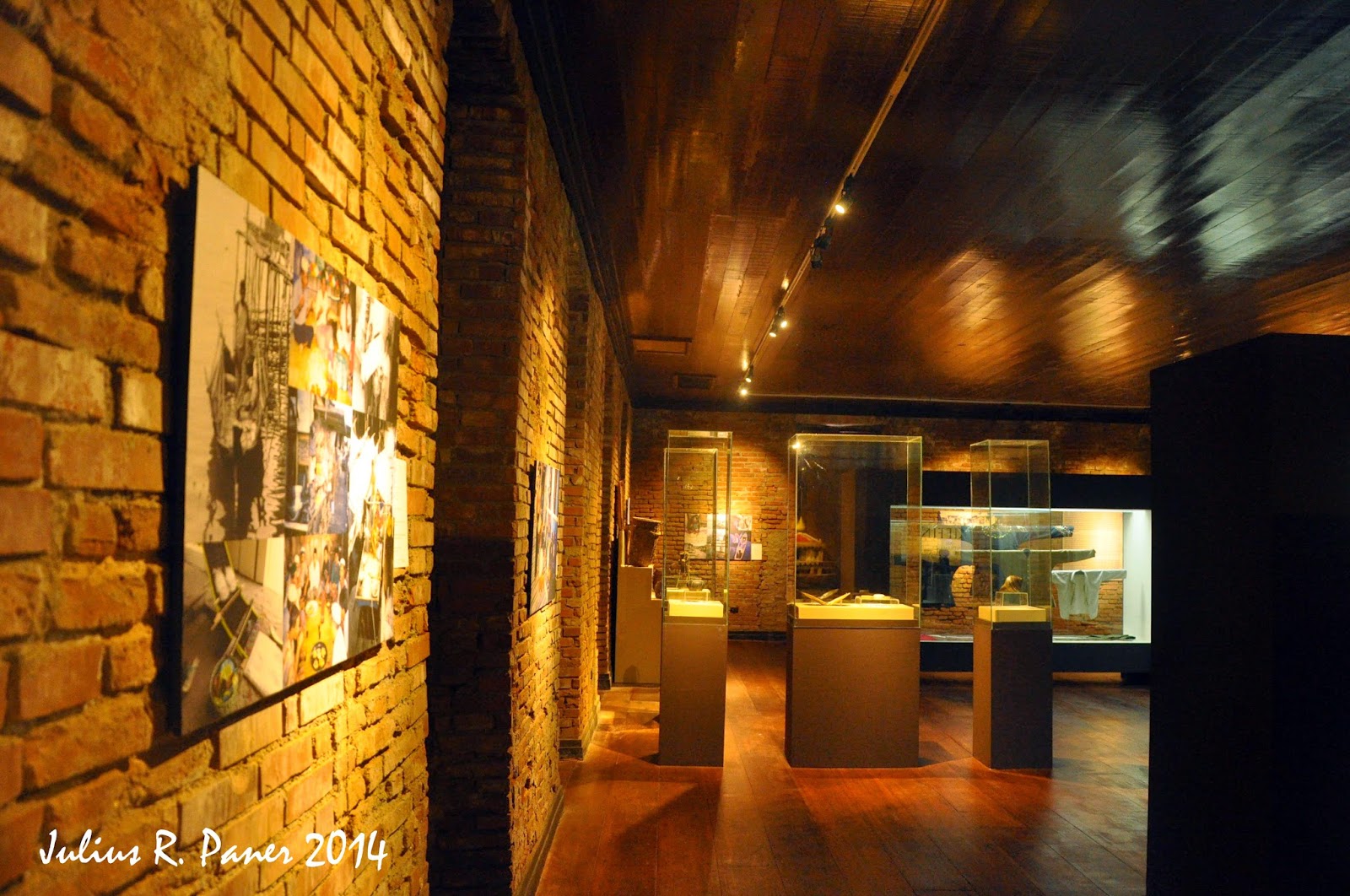(My Beautiful Tour in Zamboanga City)
Just two days before my scheduled trip to Zamboanga City for the 12th Mindanao Communicators Network Congress, two bombing incidents happened right in the heart of the city. A lot of question marks were then drawn from the minds of my friends and relatives whether I would pursue the trip or not because the security and safety of the city, according to them, were not stable. The bombing were the first incident happened after the city suffered a major siege last year as a result of the armed conflict between government enforcers and the Abu Sayyaf group.
Just two days before my scheduled trip to Zamboanga City for the 12th Mindanao Communicators Network Congress, two bombing incidents happened right in the heart of the city. A lot of question marks were then drawn from the minds of my friends and relatives whether I would pursue the trip or not because the security and safety of the city, according to them, were not stable. The bombing were the first incident happened after the city suffered a major siege last year as a result of the armed conflict between government enforcers and the Abu Sayyaf group.
As one of my bucket lists,
I decided to go on with the trip. Being raised in Mindanao for the rest of my
life, issues about conflict in Mindanao is not new to me. And I have always been wanting to find out
how the image affected the life of the city itself.
And I had no regrets
pursuing that. For me, Zamboanga City is one of the best cities in the country
with a very colorful history and culture. The negative image portrayed and
exaggerated by the media could not overpower the beauty of this place also
being known as Asia’s Latin City.
While my colleagues
took the Davao-Zamboanga flight, I opted to take the long bus ride from Davao
City to Zamboanga City. It was an “over ride” affair as I consumed an
exhausting 24-hour one-way ride passing the corridors of Bukidnon, Cagayan de
Oro, Misamis Oriental, Iligan City, Lanao del Norte, Zamboanga del Sur,
Pagadian City and Zamboanga Sibugay.
Long before the
Cebuanos came to Zamboanga, there were only three major dialects of the people;
Maguindanao, Tagalog and Chavacano, with
the later being the dominant one. It was only now that Cebuano is the
most-widely spoken dialect in the city. It is the third largest city in the
Philippines and the sixth most populated region with population now reaching to
more or less one million. The long coastal stretch of the peninsula is one of
its assets, however, it is also one of
the reasons why this area is vulnerable for penetration of lawless elements
coming from other parts of the Mindanao island.
Zamboanga City serves
as gateway to the provinces of Tawi-Tawi, Basilan and Sulu. When the siege
happened in 2013, these three provinces were also part of the casualties as the
usual trade activities in Zamboanga were paralyzed for more than a month.
 |
| The city port as gateway to Basilan, Sulu and tawi-Tawi provinces |
My impression of the
city remains differing from what other people look at Zamboanga as a
battlefield and an unsafe place to live or visit. The rich culture that is
associated with the Spanish is one reason why we should look at this place as the
country’s next big thing. When I visited the Zamboanga City Museum I learned
the unique cultural attributes of the place and its people. I was even
delighted when I found out that the city, with the help of the Department of
Tourism, is making an effort to preserve its cultural heritage through the
museum located just within the Paseo del Mar compound.
The local architecture
of some of the structures in Zamboanga City is also a testimony of its rich
historical identity. For me, all edifices in Paseo del Mar are living relics
from which Zamboanga was built up from the very start of its checkered
timeline.
When I roamed around
the downtown area, I observed a flourishing commerce and trade in Zamboanga
City. Huge commercial structures are visible in major thoroughfares. Banks and
other financial institutions are in greater number.
However, there is one
place in the City that also illustrates a throwback of trade during the Spanish
time and it is located in Canilar Trading Center, more popularly known among
Zamboangenos as “Barter Market”. Of course, we all know that the term “barter”
is a trading practice in the past with no cash involved. In Canilar, the
products can be brought in cash but the big difference is the price because all
items here are very cheap. It features variety of locally-made products from
the place and aside from the items available, it also displays the creativity
of the local people in Zamboanga.
I was supposed to take
the overall loop of the peninsula but with the limited time I had in the place,
I was not able to visit other special places of interests. Well, my experience
in Zamboanga city for three days is more than enough to inform the rest of the
world that there is indeed another city in the Philippines everybody should
visit and experience.
There are so many
people, in fact Filipino people, who refused to go to Zamboanga because they
did not want to be enlightened by the reality that the place is not as horrific
as they thought of. There might be bombings happening there, but the bombings
are not as frequent as the crime rate happening almost every hour in
Metropolitan Manila and other huge cities in the country. If only we can be agents to promote this city
because of its positive attributes, Zamboanga could have been another Metro
Cebu or Davao in the making.
As a government
information officer who participated the communicators congress, I have always
been in constant pursuit to visit places like Zamboanga. If I die out of
curiosity then that will be fine. But in all honesty, Zamboanga is for those
who wanted to live. Davao might have grabbed the “Life is Here” phrase first
but Zamboanga deserves to have it as well.
I urged everyone to
visit Zamboanga now and be one of those who left the place saying “muchas
gracias Zamboanga.”
























That is a long way ride bro, did you happen to stop over pagadian city ?
ReplyDelete